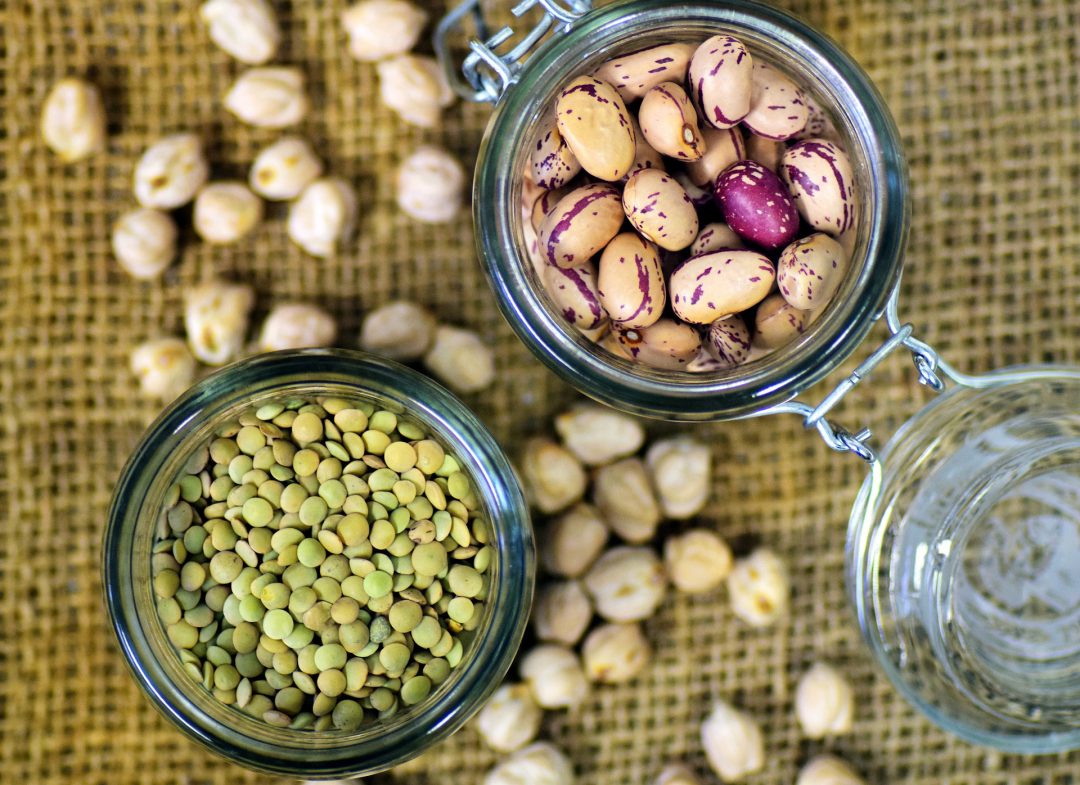
The existence of the Paleolithic era may have ended some 12,000 years ago, but the diet of these early humans continues to experience a resurgence among many health-conscious eaters. Under today’s modern agriculture, it may not be possible to readily replicate this fare, but some enthusiasts have taken pains to eat as closely as they can to these early hunter gatherers, including pursuing wild game and foraging for indigenous plants, nuts, berries, fruits and fungi. Those less adventurous have sought out more practical means of procurement via their local farmer’s market or grocery store… the enlightened know their farmer by name.
As with many dietary regimens, different versions exist but the general guidelines include eating domesticated and wild game, beef, pork, lamb, poultry, fish, eggs, vegetables, some fruits, seeds, nuts, healthy oils, herbs and spices. Off the list are all processed foods, sugar, sweeteners, soft drinks, artificial sweeteners, grains, dairy, legumes, vegetable oils, margarine and trans fats.
The serious carnivores among us gleefully honed in on carte blanche meat consumption, until the effects of a diet too low in fiber kicked in (or didn’t kick anything in, as is generally the case). Meat and eggs contain no dietary fiber. If you’ve been accustomed to eating grains or legumes as your primary source of fiber, switching to a Paleo diet without careful attention to other sources of fiber (like vegetables, fruits, nuts and seeds) will likely result in constipation – no fun!
So, what is dietary fiber and why is it important? In a nutshell, there are two types of fiber contained in foods we eat: soluble fiber, which dissolves in water and insoluble fiber, which doesn’t. When soluble fiber dissolves in water it forms gel-like material that can help lower blood cholesterol and glucose levels. This type of fiber can be found in peas, legumes, oats, apples, citrus fruits, carrots, barley and psyllium. Insoluble fiber increases stool bulk and helps move material through the digestive tract. This type of fiber can be found in vegetables (such as cauliflower, green beans and potatoes), whole wheat flour and nuts. Most plant foods, including beans and oats, contain both types of fiber.
Now, perhaps you’ve noticed that several of these excellent fiber sources are excluded from the Paleo diet. This is where a little attention should be paid to planning your meals so you end up with the right amount of fiber. According to the USDA Dietary Guidelines for Americans 2010, we should be consuming 14g of fiber for every 1000 calories consumed each day, so roughly 25g for women and 38g for men. For a quick resource on dietary fiber, food sources and how to check food labels for dietary fiber content, check out the .
Contributed by Catherine Brown, Dietetics Student
References:
- Kaczmarczyk, M. M., Miller, M. J., & Freund, G. G. (2012). The health benefits of dietary fiber: beyond the usual suspects of type 2 diabetes, cardiovascular disease and colon cancer. Metabolism, 61(8), 1058–1066. http://doi.org/10.1016/j.metabol.2012.01.017
- Larson, H. (2016, September 27). Easy ways to boost fiber in your daily diet. Academy of Nutrition and Dietetics [Web log post]. Retrieved from http://www.eatright.org/resource/food/vitamins-and-supplements/types-of-vitamins-and-nutrients/ways-to-boost-fiber
Comments